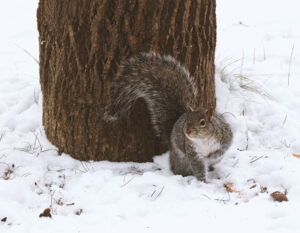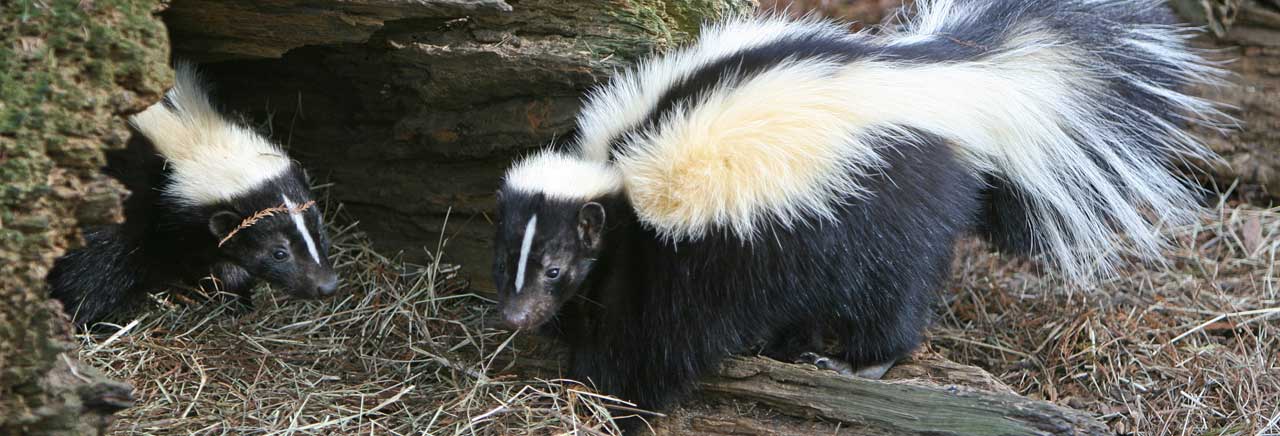
As we progress into the colder months, it’s important to be aware of animals to look out for. Some animals will be entering hibernation and searching for warmer spots to migrate to. On the other hand, some animals do not hibernate at all.
We’ll go over common animals we see in the winter, their hibernation habits, and telltale signs to watch out for.
Opossums
To start off, opossums do not hibernate due to their low body fat content, but they do search for warm shelter. This includes venturing indoors into your attic, chimney, or crawlspace.
Opossums move around throughout the winter to avoid predators. A male opossum, fitted with a tracking device, visited over 19 different dens in 5 months according to the Washington Department of Fish and Wildlife.
Bats
Bats such as little brown bats and big brown bats can hibernate for more than 6 months waiting for the return of insects. They prefer caves, mines, rock crevices, attics, and chimneys. However, bats do not stay asleep the whole time. A common sign of bats in your attic includes noise or rustling. If an area gets too cold, it’ll move to a warmer area or vice versa.
Moles
While it may appear that moles have disappeared from your property, they have only burrowed further below the frozen surface during the winter. Their molehills may not be present, but as the ground thaws in the spring, the mounds will reappear.
Raccoons
Similar to the opossum, raccoons do not hibernate but search for warm dens. However, in extreme temperatures, they can sleep up to a month. Although they are usually solitary creatures, some will den in groups during the coldest days of the winter.
Squirrels
During the warmer months, squirrels gather and stash their food for the winter season because they do not enter hibernation sleep. Throughout the day, they are active outside. However, they do stay in their nests during extreme weather conditions. If you hear rustling coming from your attic during the day, squirrels may be nested in your attic!
Groundhogs
Groundhogs are one of the few critters we deal with that do hibernate from the first frost until April. The first frost usually happens between October and November, they then retreat to their burrows. The colder weather triggers a hormone that helps them sleep for the duration of winter.
Removal and Preventative Services
While winter is a less active season for animals, it is the perfect opportunity to have your home inspected and sealed prior to their reappearance in springtime. Chimney caps, vent guards, and custom screening protect their most common entry points.
If you believe animals have made their way into your home for the winter, give us a call or use our contact form for removal and remediation!


